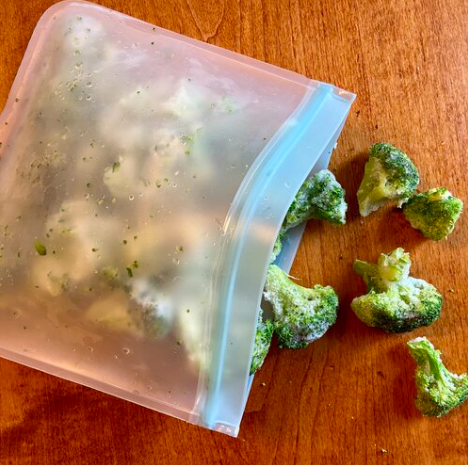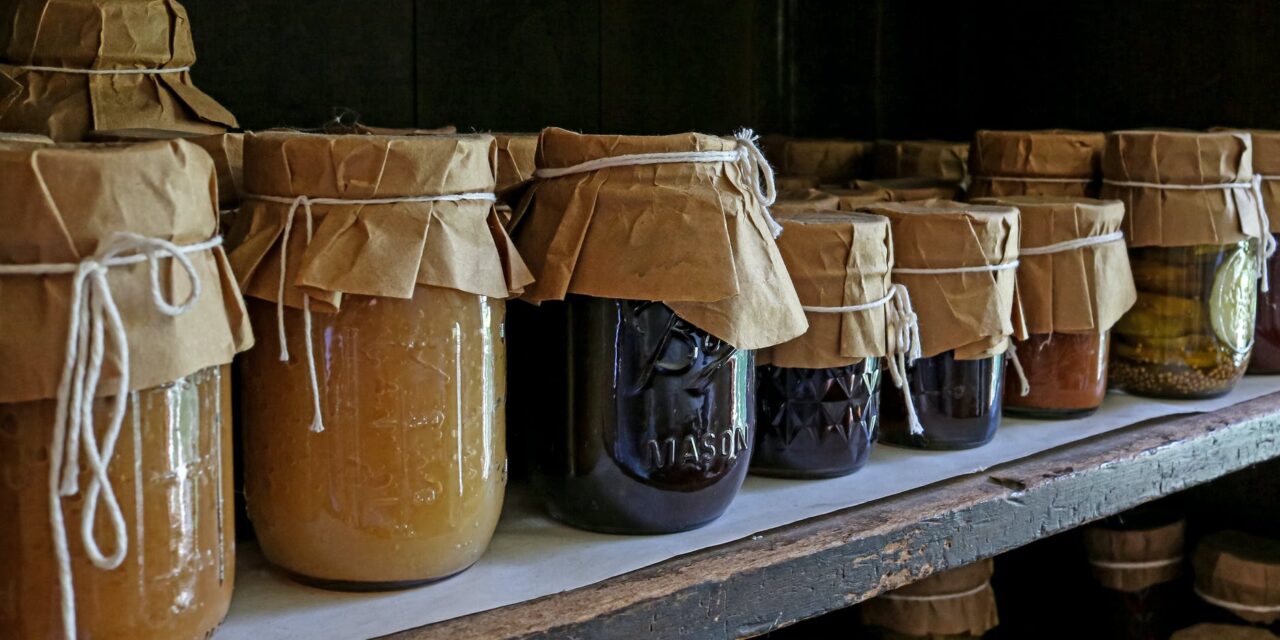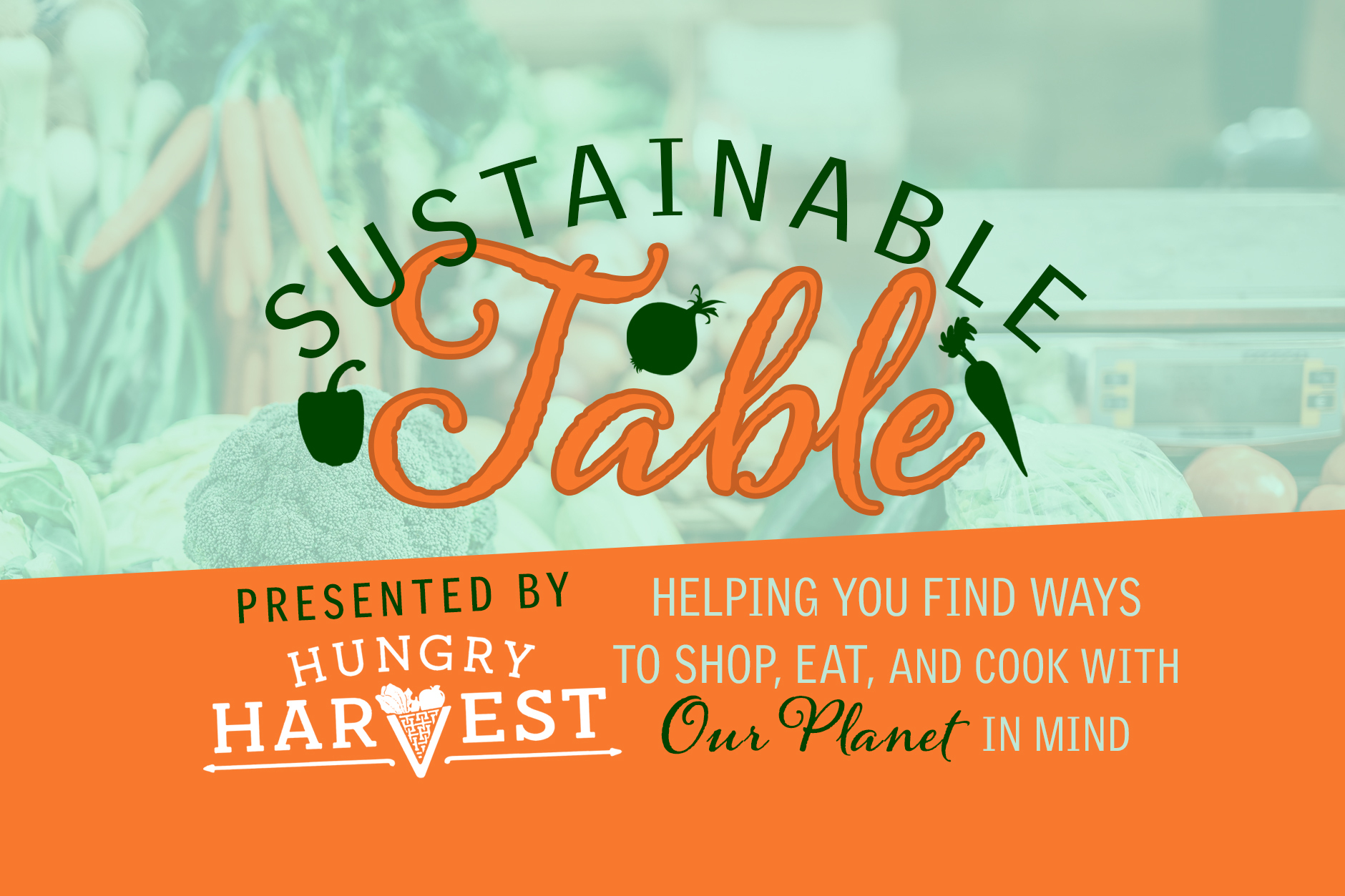Whether it’s the end of a season, the last day of a sale or you’re just looking to maximize utility, there are plenty of ways to make the most out of what you’ve got in the kitchen right now. Canning, freezing, drying, sealing – you’ve got options!
When people think food preservation in the modern age, freezing is most folks’ primary experience. The process seems simple enough, there’s some simple tips and concepts to keep in mind that will help maximize your experience storing food in the icebox.
For example, almost all fruits and veggies freeze relatively well, but it’s important to keep water content in mind. Frozen water expands and crystallizes within produce, and could lead to mushy meals down the line if not accounted for. Some vegetables – such as broccoli and green beans – retain their structural integrity better if blanched before freezing. Leafy greens and vegetables like squash, zucchini, or eggplant that get soft when you cook them are okay to freeze raw.

(photo via Hungry Harvest)
One useful tip to keep in mind when freezing fruits and veggies is to separate them on a baking sheet and freeze for a few hours prior to long-term storage. This way, they’ll be easier to separate when you’re ready to use.
You can also freeze herbs for a quick, fresh, flavorful boost to any dish! Just wash your desired herbs, chop to your preferred size, fill trays with water or a neutral oil and your herbs, and freeze. It’s a simple and effective way to preserve seasonal herbs that doesn’t require long-term drying.
Speaking of drying herbs, that’s also easily accomplished by tying a bundle of your favorite greenery together and hanging stem-side-up inside of a well-ventilated paper bag for roughly two weeks. Herbs can also be oven-dried over 2-4 hours by placing them in a single layer on a baking sheet for 2-4 hours at 170°F.
For those with a dedicated dehydrator at their disposal, the process of drying herbs is a little easier – and the combination of a dehydrator and vacuum sealer makes for a powerful food-preserving system that lends itself equally well to both fruits and vegetables. Dried fruits and vegetables, when properly stored, can last well over five years!
As easy as freezing can be, and as effective as drying can become when paired with modern storage methods, the quintessential example of food preservation that immediately comes to mind for most folks is canning. Pickles, potatoes, pie filling, jellies, jams or literal preserves, the process of canning calls back memories of kitchens from childhood and before. It can be relatively labor-intensive, but the result is a remarkably shelf-stable and sterile food product that will keep color and flavor that carries the taste of harvest season all the way through the year.
For an interesting and in-depth guide to canning paired with some personal stories and experiences, check out “Embracing Your Food Memories & The Magic of Canning” by Laura DeVito and Hungry Harvest.




Comments on Chapelboro are moderated according to our Community Guidelines